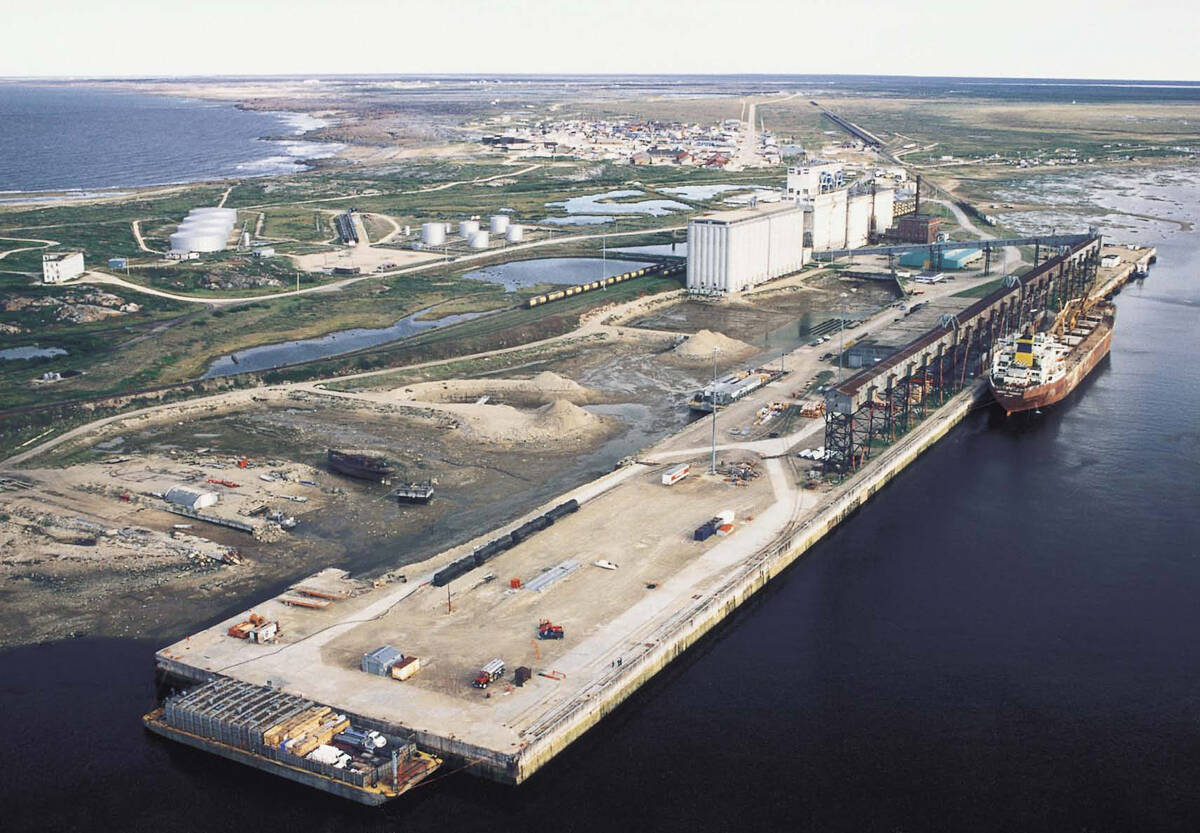Things are looking better for Canadian honey producers after a tough spring.
Honey prices are up compared to 2016 and staggered seeding dates for canola should provide a longer bloom and more time for bees to forage, but the cool spring was hard on many colonies across the Prairies.
“We had a tough April. Central Alberta and north had a tougher time this year,” said Mike DeJong, president of the Alberta Beekeepers Commission and an apiarist from Hay Lakes, Alta.
“It was really bad in April for bees. They started off and then went backwards…. They kind of went into dormancy mode (during) that cold weather.”
The story was similar in Sask-atchewan and parts of Manitoba., where cool spring weather de-layed or retarded hive development.
“The bees weren’t able to get out and forage as early or as often as they usually would,” said Graham Parsons, an apiculture intern with Saskatchewan Agriculture.

The chilly start to spring and higher varroa pressure for some beekeepers likely increased winter hive losses in Alberta.
DeJong estimated that losses in Alberta would be 20 to 25 percent. Last year the average colony loss across the Prairies was around 17 percent.
Parsons said colony losses were higher in Saskatchewan than 2016, but only marginally higher.
The Canadian Association of Profession Apiculturists typically releases colony loss estimates in late July. Last year the national level of winter losses, or unviable colonies, was 16.8 percent, one of the lower levels on record.
The cool weather in April may have slowed colony progress, but ultimately it could benefit Alberta beekeepers.
Canola was seeded over a wider range of time because of the cold and wet conditions, so the crop bloom will be staggered.
Read Also

Defence investments could benefit agriculture
A bump in Canada’s NATO spending commitments could lead to infrastructure investments that would benefit rural areas
“We’ve got a wide range of (canola) flowering happening, which is going to be optimal,” DeJong said.
“There should be good conditions for (producing) honey.”
The other good news is that prices have climbed relative to 2016.
About half of the honey produced in Canada is exported and most of it goes to the United States.
Canadian honey sold for $1.25 to $1.30 per pound last year because of stiff competition in the U.S. market from Ukraine, India, Argentina and Vietnam.
As well, honey imported into Canada was undermining domestic demand.
Now, prices are higher than $1.50 per lb.
“We have noticed beekeepers booking at prices 25 to 30 cents (per lb.) better than last year,” said Paul Gregory, a beekeeper and owner of Interlake Forage Seeds in Fisher Branch, Man.
“At $1.50 to $1.60 per lb., it’s not wonderful … but you can still make money at that.”
There is still a large gap between prices paid to American and Canadian honey producers.
The U.S. Department of Agriculture’s national honey report for June 23 shows that prices in South and North Dakota were about US$1.75, or C$2.25, which is 75 cents more than Canadian honey.
“A lot of the American honey packers want to buy domestic honey because local honey always sells at the premium to foreign honey,” said Gregory, who is also vice-president of the Manitoba Beekeepers Association.
“We (Canadians) are looked on as foreigners.”















